Spider Plants Are Perfect for Beginner Gardeners
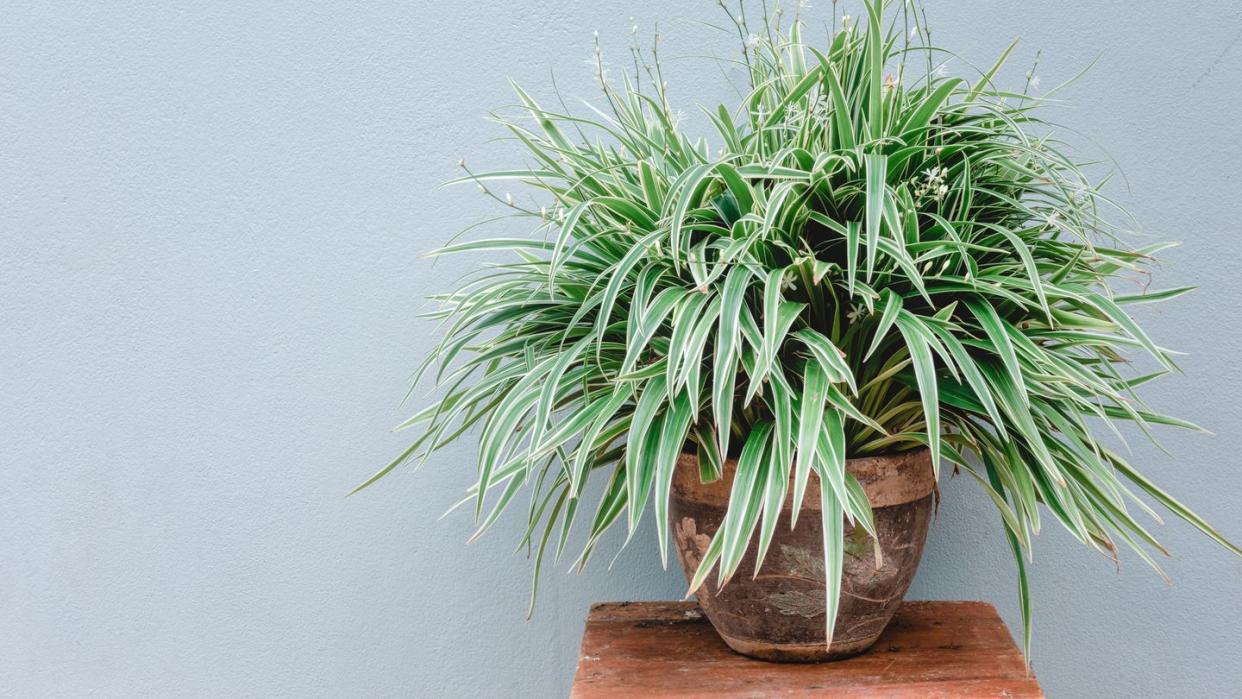
"Hearst Magazines and Yahoo may earn commission or revenue on some items through these links."
One of the easiest houseplants to care for, the spider plant is beloved for its voluminous shape, low-maintenance care routine, and plentiful propagation. Not only that, but the spider plant is friendly and nontoxic to all pets (including cats) and humans. Known for its curling, spider-leg-like leaves, the spider plant is often striped in various shades of green. Spider plants are also known to help clean the air wherever you place or hang them.
Despite it being so low-key, you might still be scratching your head wondering how to care for spider plants indoors. That's why we're here to help, especially if you're a houseplant novice. Read on for a complete care guide for spider plants, from watering schedules to troubleshooting tips.
Spider Plant Care Essentials
Spider Plant - 4in Pot
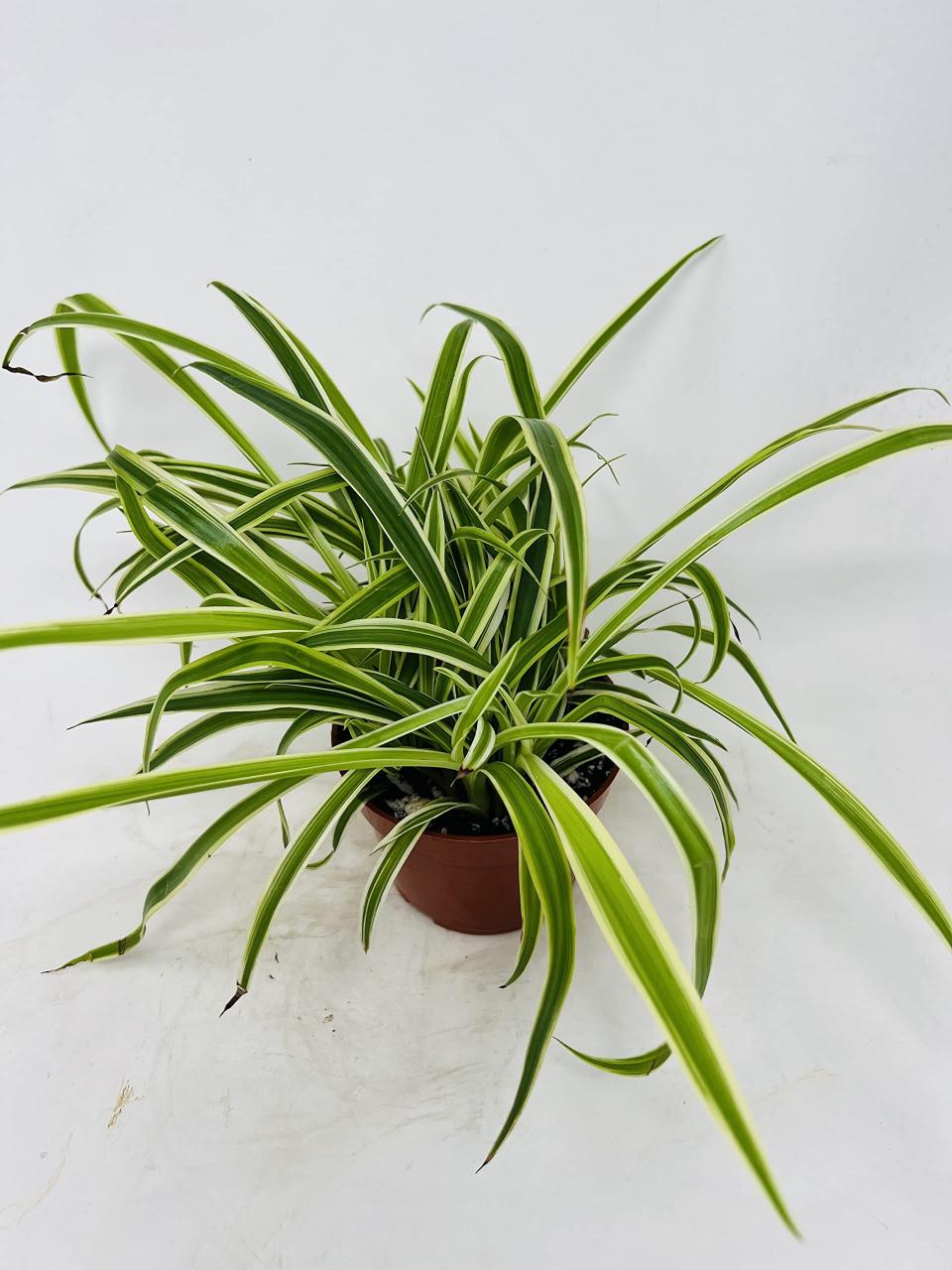
Spider Plant - 4in Pot
amazon.com
$15.99
AmazonCeramic Stoneware Planter + Dish Set
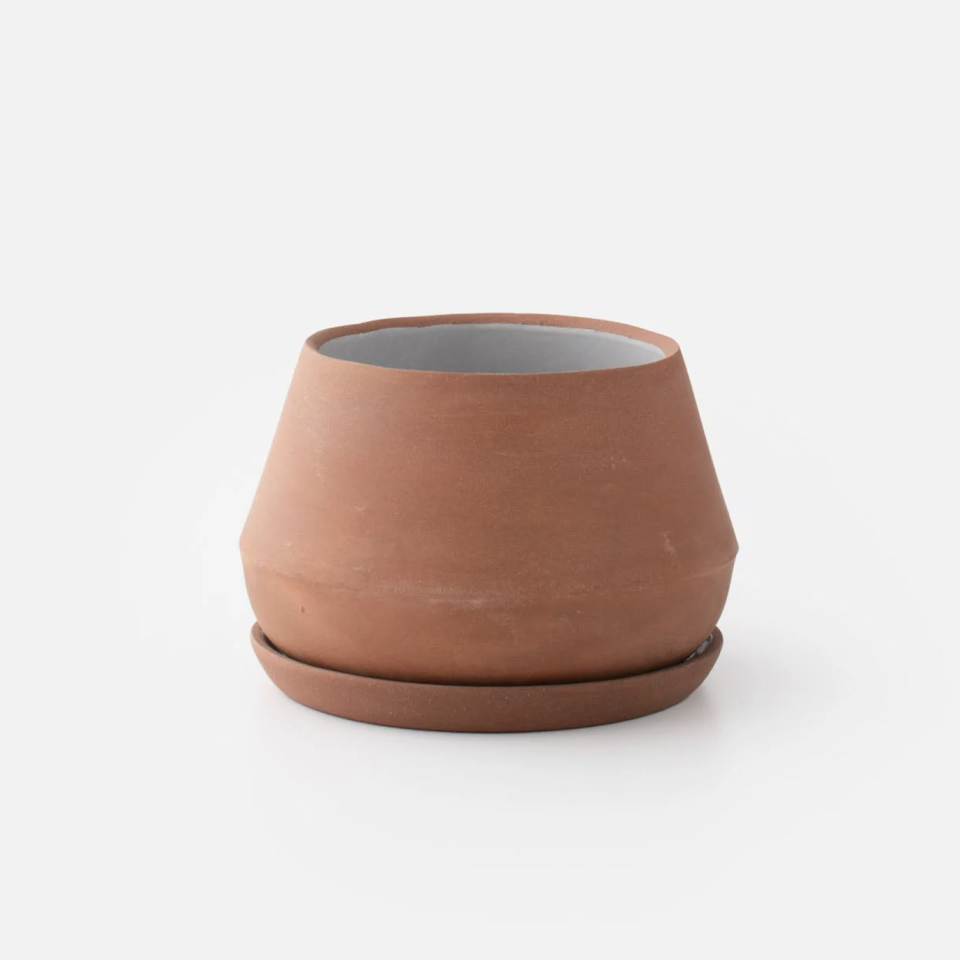
Ceramic Stoneware Planter + Dish Set
schoolhouse.com
$49.00
SchoolhouseMiracle-Gro Indoor Plant Food Spikes
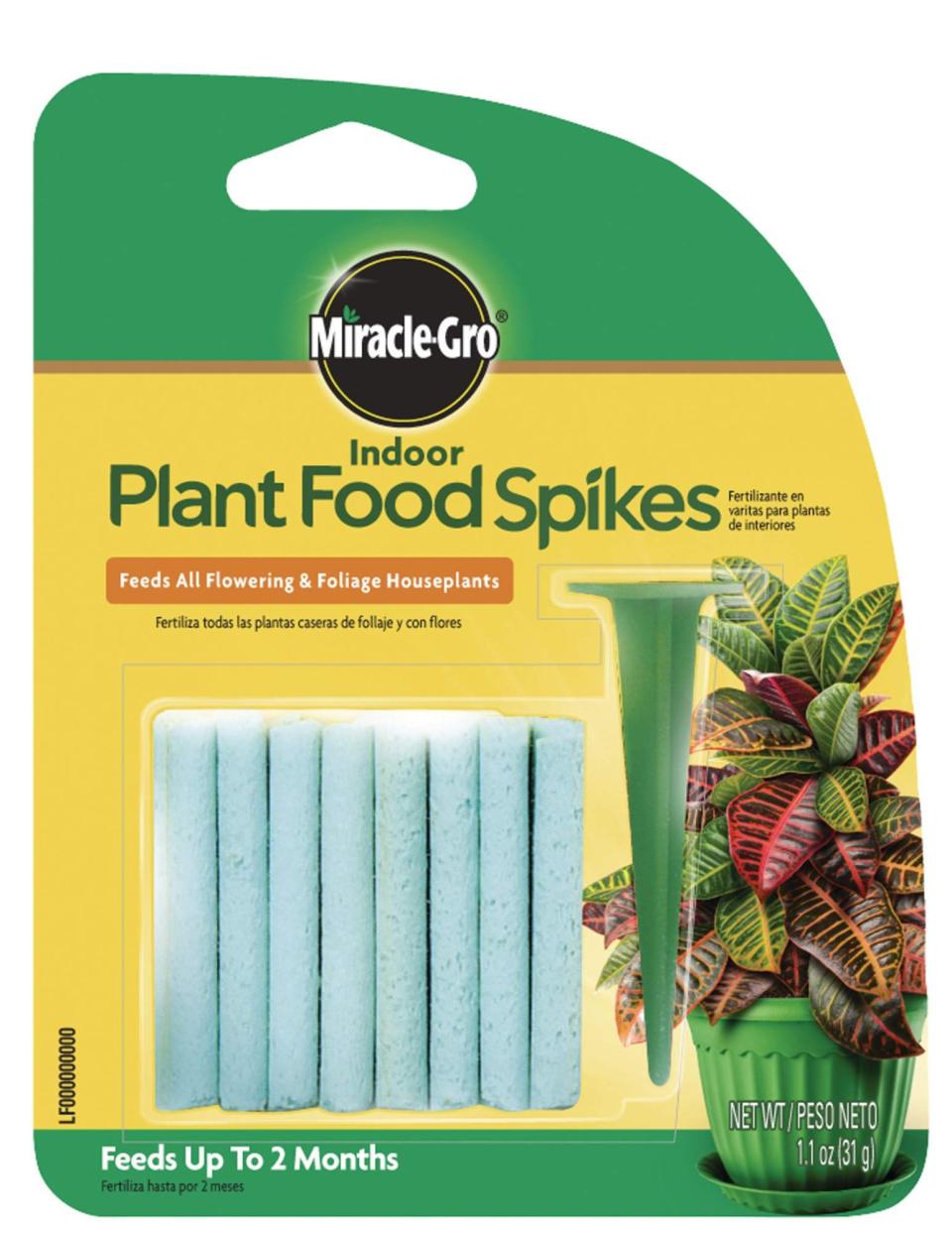
Miracle-Gro Indoor Plant Food Spikes
amazon.com
$6.90
Miracle-Gro25 qt. Potting Soil Mix
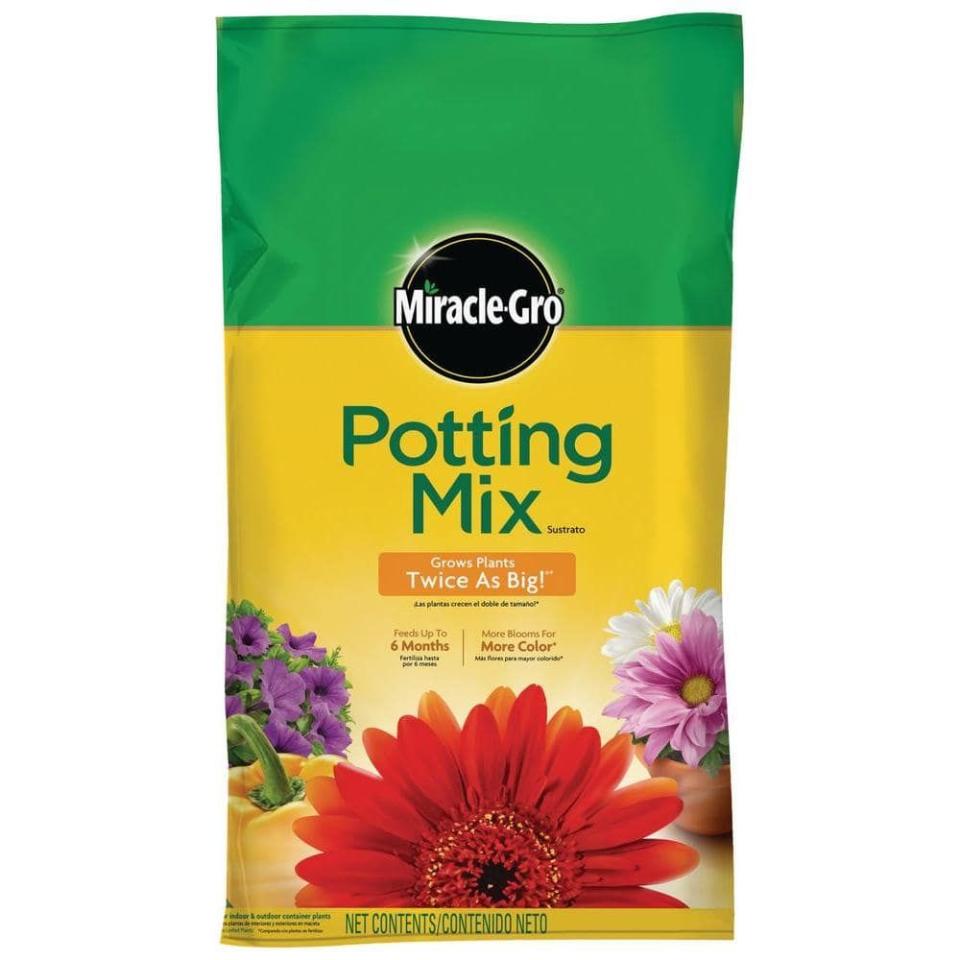
25 qt. Potting Soil Mix
homedepot.com
$9.97
Home DepotHow to Care for Spider Plants
Spider plants don't take much—as with most plants, you'll just want to be careful not to overwater them.
Watering
Use the finger test before watering to ensure the roots aren't getting soaked: Stick your finger into the soil to check for moisture. You want the top inch or so of soil to be completely dried out. Be sure to pot your spider plant in a planter with a draining hole or add drainage rocks to allow excess water to flow out.
Dark brown leaf tips often mean that you're overwatering your spider plant. If you're underwatering it, you'll see leaves with dry, crispy tips.
Sunlight
Beloved for its low maintenance attitude, the spider plant can be placed anywhere with low to indirect bright light. Fun fact: The brighter the sunlight, the more stripes your plant will produce. Too bright of sun, though, and the leaves will scorch. Think about hanging it on the same wall as your windows. A grow light can help the plant thrive in low-light conditions or throughout darker seasons like winter.
Soil
To avoid flooding the roots, plant spider plants in well-draining soil. Fertilizer isn't necessary, but it's a nice thing to do come spring and summer. We recommend fertilizing spider plants once a month during warmer weather.
Humidity and Temperature
Normal household humidity is perfectly fine for your spider plant, but to go the extra mile, mist your plant regularly (once or twice a week) with a spray bottle of water. Again, dry, crispy tips is a sign your plant is dehydrated and needs more humidity. Temperature wise, anywhere from 60 to 80 degrees is the ideal range for a spider plant.
How Do I Propagate a Spider Plant?
One of the reasons people love spider plants so much is because they produce "babies," or miniature offshoots from the mother plant. To propagate your spider plant, trim off the smaller plant and place the bottom in a glass of water. In two to four weeks, roots should start to develop. Transfer the offshoot into soil, and water it regularly. You can also trim and remove the smaller plants if you feel your plant needs a good clean up. Removing them at any stage won't harm your spider plant.
Common Spider Plant Problems
Spider plants are easy to care for, but even they have issues. Luckily, most of them are easy to fix.
The Edges of My Spider Plant's Leaves Are Turning Brown.
The most common cause of brown edges is dehydration and water quality. Before you dunk your spider plant in the sink, it's important to clean it up first. Remove any fully brown leaves or affected portions of the plant. Take care to not remove all of the affected areas at once, or your plant could go into shock (yes, it's a thing). After you've done that, try using filtered or distilled water to water your spider plants. Tap water can be too harsh for some houseplants. If you don't see a change, try increasing the humidity. Use a mister, pebble tray, or humidifier to remedy your plant's dryness.
Also, be sure not to underwater your plant. Never let it dry out completely; you just want the top inch of soil to be dry to the touch.
The Color of My Spider Plant Is Fading.
If the color is fading and stripes are losing their vitality, your plant is in desperate need of a soak. Water your spider plant completely and maybe add some fertilizer or plant food to the soil to give your plant the boost it needs.
My Spider Plant Isn't Producing Any Offshoots.
If your plant has stopped producing miniature spiders, there could be a few potential causes. One, you could be underwatering your plant. Two, your plant could be getting too little or too much sun. You can tell if it's too much sun if the leaves are scorched. If neither of those are the cause, your plant might need repotting in a larger pot. To check for this, carefully remove your plant from its current pot and see if the roots look tangled or bursting at the seams. You might also be able to see roots poking out the top of the soil.
You Might Also Like

